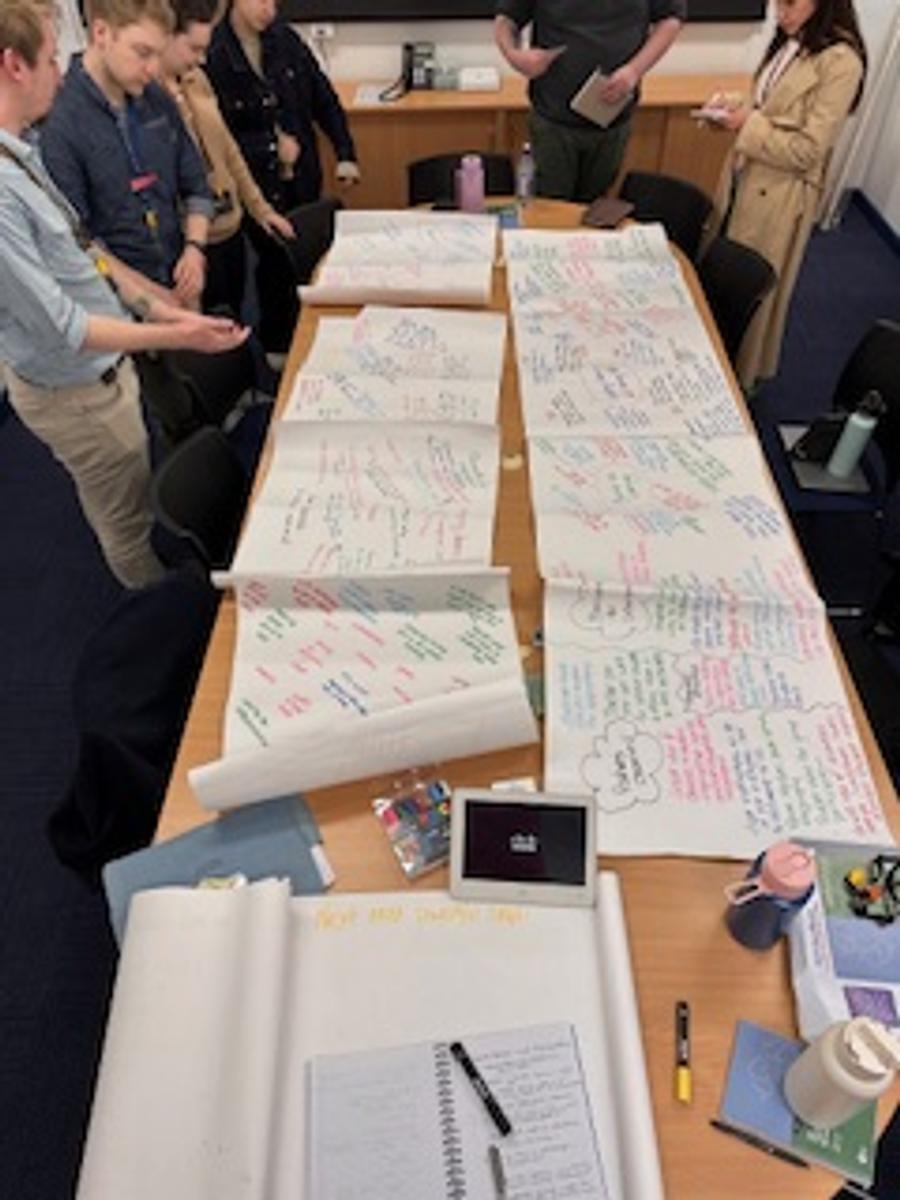Use of Devices in Classrooms

Recently, the teaching staff at the college have embarked on an exploration of the use of devices in classrooms to enhance learning. This investigation stemmed from observations made by Aidan Message, our visiting AP from Vermont, of the classrooms that he visited. Essentially, what he noted was that there were many more devices being used by students, but he was not sure that they were necessarily being used effectively and seemed to be more of a chance for students to escape the learning rather than enhance it.
These investigations were run through our staff professional learning structure called ‘yarning circles’. These yarning circles are fortnightly sessions that all teachers participate in in small groups. They are focused on improving teaching practice across the college through the implementation of the Real Schools program and led by the principal in conjunction with our Real Schools coach and mentor (Daniel Vella).
Our investigation into the use of devices started with a learning walk whereby the members of the groups conducted short observations of classrooms across the school with the intent of noticing and documenting how laptops particularly were being used by students in classrooms. We documented the observations made and then in the next cycle, analysed the data to identify key themes and strategies that we could use, moving forward.
From our observations, the staff were able to identify many instances of device use that very much enhanced learning opportunities for students. Everything from accessing texts (textbooks as well as novels) or annotating lesson PowerPoints, through to virtual autopsies (we generally don’t conduct live autopsies in science classes!) and interactive revision strategies like Kahoots and Blookets. We also observed instances where students were clearly using laptops to avoid or escape learning, for example playing games, watching YouTube or sports games. The staff also discussed concerning behaviours that sometimes sit around the use of devices, particularly for students who demonstrate signs of addiction or over-reliance on these devices, for example, students who are using games or videos to help them regulate in the classroom when perhaps a more effective strategy might be the use of a fidget toy, a short brain break activity or square breathing techniques.
Due to the acknowledgement that devices, when used properly, are very powerful tools to enhance learning, the teachers felt that it was important that they continued to be used however, they identified several changes that we need to make about how we structure and monitor their use. The ideas generated by teachers included:
- Each faculty will be identifying the use of learning technology in their classes across years 7 to 12 and establishing clear purpose around this. This will then be communicated to staff with associated processes and strategies for teachers to use in classrooms to ensure that students know when devices can be used, what for and why.
- We will make ourselves more aware of the schools digital learning policy and support student awareness of this policy through discussion with students in classes.
- As a college, we will revisit the digital learning policy to ensure that it is current and meets our needs. We also want to capture student and parent voices in this policy to ensure that it is relevant for students, families and teachers and able to be monitored and implemented effectively. This work will be led by our STEAM leader and learning specialist, Mr Geoff Matheson.
- We will be communicating with families and the wider community about how learning devices are being used in our classrooms. So expect to hear more about this in the near future.
This will be a work in progress across the next 6 months or so. When we have had the chance to gather the inputs from students and parents to reformulate the digital learning policy, it will be presented to School Council for approval and then we will make sure that all students, staff and parents/guardians are aware of it and know what it says. Our intent is to make sure that learning is happening in all classrooms and for all students cross the school.
It would be great if families can discuss how learning devices are being used both at school and at home. As the parent of a teenage boy, I am well aware that these devices are great distractors and that not all of the time spent ‘studying’ is necessarily spent on task. I am well aware that my own son gets distracted from his learning by snapchat or YouTube or gaming and we have many conversations around this to help him to understand the potential that this may be having on his learning and achievement. It is a constant battle but one that can only be won through regular and encouraging, open dialogue and discussion. I encourage you to have these sorts of conversations with your young people as well and if they are experiencing any difficulties with addiction or reliance, please reach out to the wellbeing team here at the college or to your child’s coordinators.
A reminder, the wellbeing team consists of:
- Fiona Adams (wellbeing team leader)
- Mel Yoffa (mental Health Practitioner)
- Yvette Larubina (counsellor)
And our coordination team consists of:
- Year 7 – Michael Starr
- Year 8 – Chrissy Walshe
- Year 9 – Jack Lynch
- Year 10 – Marijke Graham
- Year 11 – Garth Hardwick
- Year 12 – Josh Chappell
Please also keep a look out for an invite from Mr Matheson to provide feedback about learning devices.
Kerryn Sandford
College Principal

